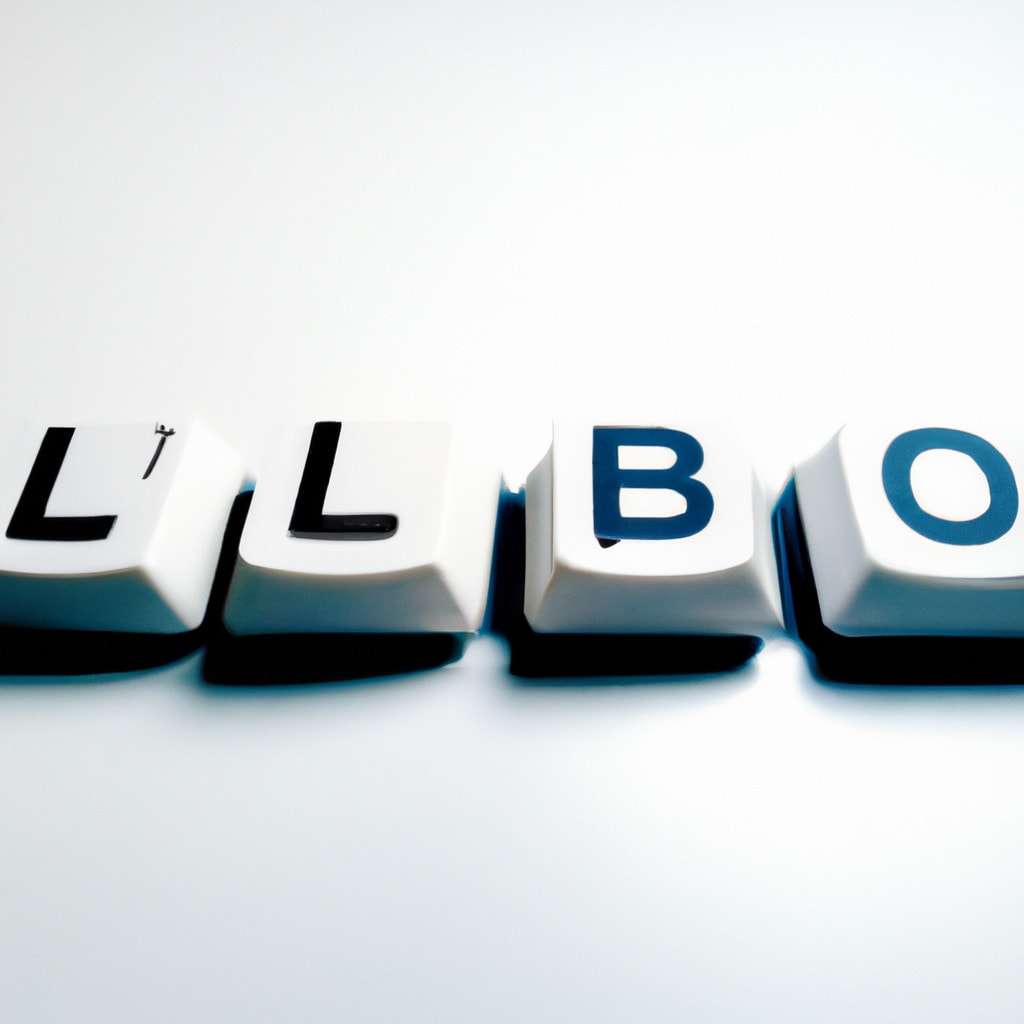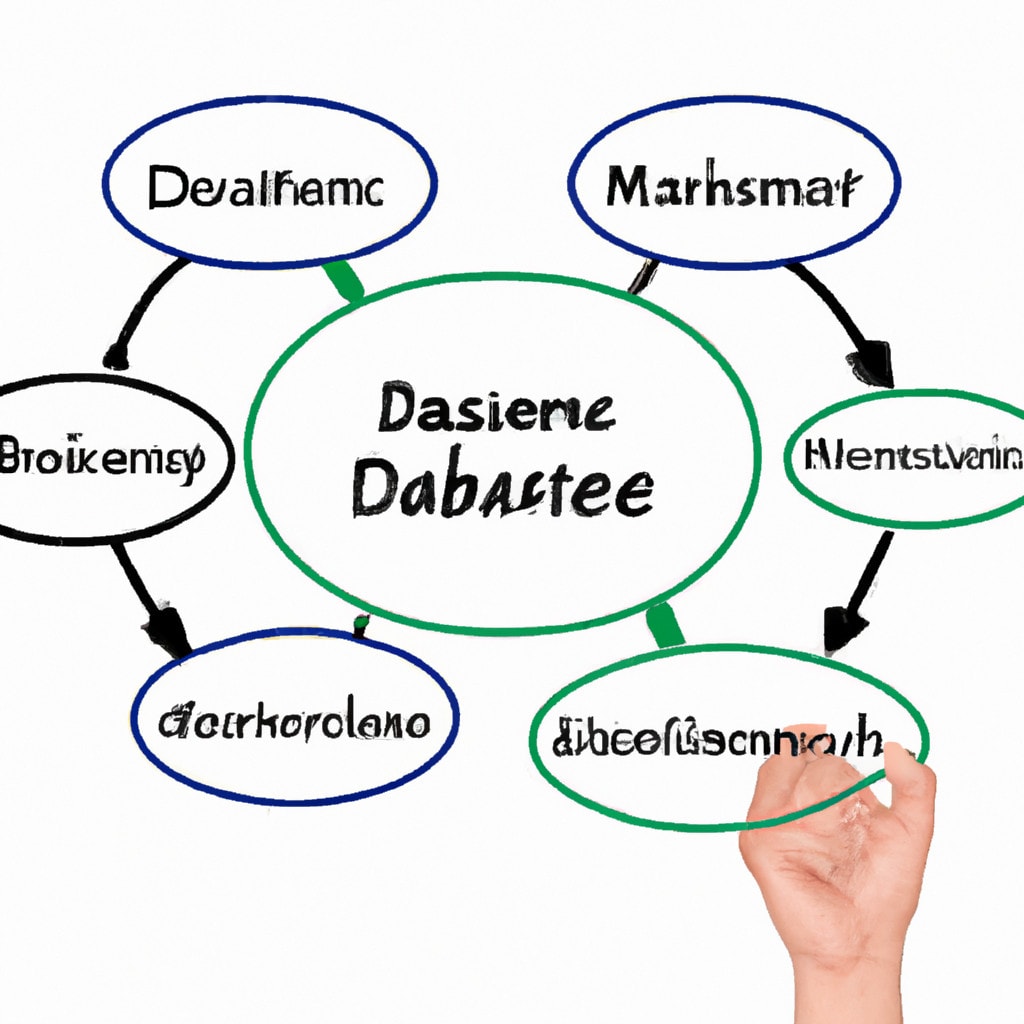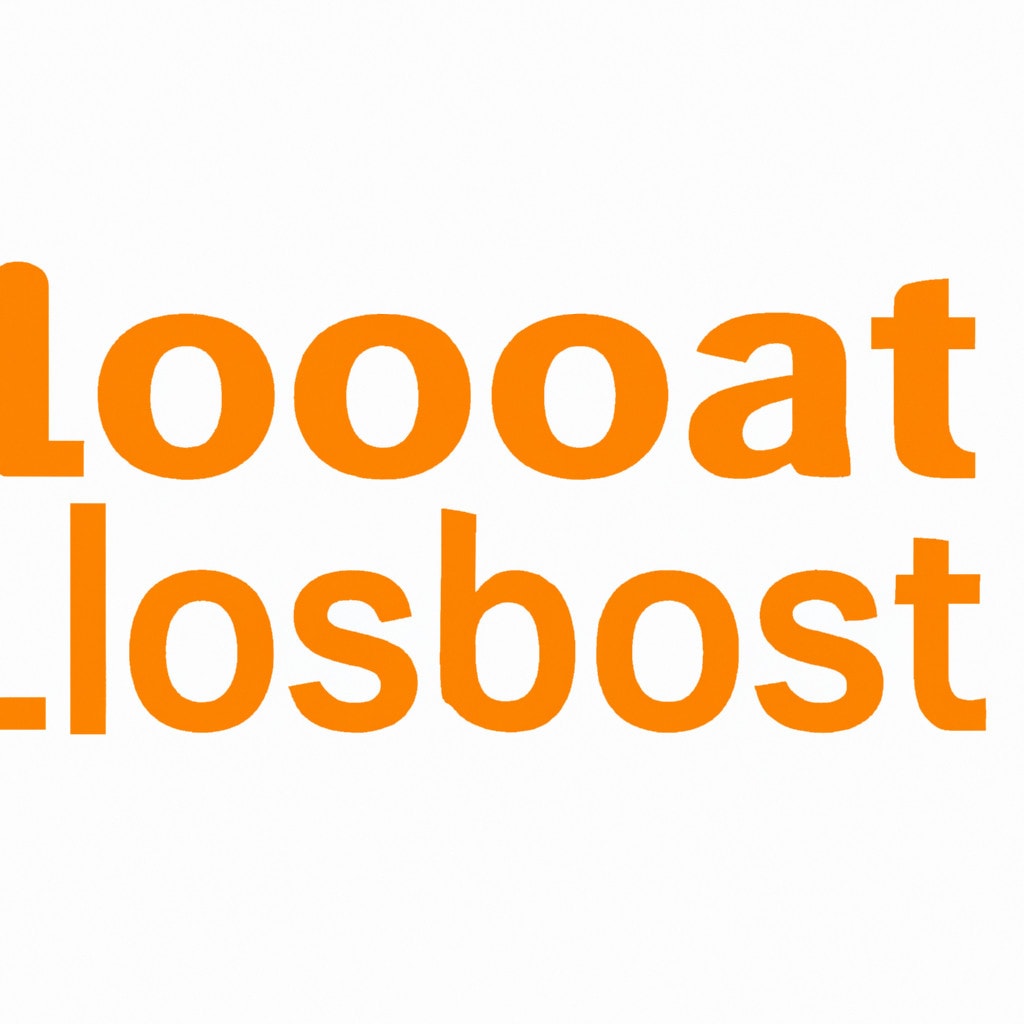How to Set Up WordPress on Localhost: A Comprehensive Guide for Advanced Programmers
As an advanced programmer, you might be familiar with the challenges of setting up a website from scratch. But have you ever wondered if there’s an easier way? In this article, we’re going to explore how to set up WordPress on localhost in detail, so you can develop your site or blog effortlessly on your local computer before deploying it to the world. Pay attention, as we’ll uncover some lesser-known tricks that could save you time and effort in the long run!
*Table of Contents*
– [What is Localhost and Why Use It?](#what-is-localhost)
– [Choosing the Right Software Stack](#software-stack)
– [Setting Up Your Local Environment](#setup-environment)
– [Installing WordPress Locally](#install-wordpress)
– [Pushing Your Local Site to Live Server](#push-to-live)
– [Common Issues and Troubleshooting](#troubleshooting)
# What is Localhost and Why Use It?
Before diving into setting up WordPress on localhost, let’s talk about the term *localhost* itself. In computer networking, localhost refers to the default hostname for the IP address 127.0.0.1, which is essentially your local computer. Developing a website on a local environment allows you to test changes, updates, or new features without affecting the live version of your site.
Here are a few reasons why developing on localhost is beneficial:
– Faster development and testing
– No need for an internet connection
– Simplified debugging and troubleshooting
– Reducing the risk of making mistakes on a live site
Now that you understand the advantages of working on localhost, let’s discuss the necessary tools to get started.
# Choosing the Right Software Stack
To create a local environment that can run WordPress, you’ll need a software stack that includes PHP, MySQL, and a web server (such as Apache or Nginx). There are several popular pre-built stacks available:
– WAMP (Windows, Apache, MySQL, PHP): A popular choice for Windows users.
– MAMP (Macintosh, Apache, MySQL, PHP): Designed primarily for macOS but is also available for Windows.
– XAMPP (Cross-Platform, Apache, MySQL, PHP, Perl): A versatile option that works on Windows, macOS, and Linux.
For this guide, we’ll use XAMPP due to its cross-platform compatibility, but feel free to choose the one that best fits your needs.
# Setting Up Your Local Environment
Follow these steps to set up your local environment with XAMPP:
1. Download the latest version of XAMPP from the [official website](https://www.apachefriends.org/index.html), choosing the appropriate version for your operating system.
2. Run the installer, and during installation, make sure to select Apache, MySQL, and PHP components.
3. Once installed, start both the Apache and MySQL services using the control panel provided by XAMPP.
4. Open your web browser and visit http://localhost (or http://127.0.0.1). If you see the XAMPP dashboard, then congratulations, your local environment is ready!
# Installing WordPress Locally
With your local environment set up, it’s time to install WordPress. Follow these steps:
1. Download the latest version of WordPress from [wordpress.org](https://wordpress.org/download/).
2. Extract the downloaded .zip or .tar.gz file, and copy the “wordpress” folder to your web server’s root directory (for XAMPP, this is usually “htdocs” within the XAMPP installation directory).
3. Rename the “wordpress” folder to your desired project name (e.g., “myproject”).
4. Open your browser and visit http://localhost/myproject (replace “myproject” with your project name). You’ll be greeted by the WordPress installation wizard.
5. Choose your language and click Continue. On the next screen, make sure you have your database name, username, password, and host ready, then click “Let’s go!”
6. Create a new MySQL database for your WordPress site using phpMyAdmin, which comes bundled with XAMPP. To access phpMyAdmin, visit http://localhost/phpmyadmin, and create a new database (e.g., “myproject_db”).
7. Next, enter your database details in the WordPress installation wizard:
– Database Name: myproject_db (or the name you chose)
– Username: root
– Password: *leave it blank*
– Database Host: localhost
– Table Prefix: wp_
8. Click “Submit” and then “Run the installation.” Once complete, you’ll be prompted to enter details for your WordPress site (title, username, password, etc.).
9. After filling in the required information, click “Install WordPress.” You’ll now have a fully functional WordPress site running on your local machine!
# Pushing Your Local Site to Live Server
Once you’ve finished developing your WordPress site locally, it’s time to push it to a live server. Here’s how:
1. Export your local database as an SQL file using phpMyAdmin.
2. Compress your local WordPress site folder into a .zip or .tar.gz file.
3. Upload the compressed folder and SQL file to your web hosting server using a File Transfer Protocol (FTP) client, such as FileZilla.
4. Extract the compressed folder on your hosting server and import the SQL file into the remote database using the hosting control panel (e.g., cPanel).
5. Update the wp-config.php file on the live server to reflect your new database settings (database name, username, password, and hostname).
6. Lastly, make sure to update the site URL in your live WordPress settings.
# Common Issues and Troubleshooting
When setting up WordPress on localhost, you might encounter issues or errors during the process. Here are some common problems and their solutions:
– Apache or MySQL won’t start: Make sure no other programs are occupying their default ports (80 for Apache and 3306 for MySQL). If needed, change the ports in the respective configuration files.
– Permission issues: Ensure that your local WordPress folder has appropriate file permissions (755 for folders and 644 for files).
– Broken links or images after pushing to a live server: This usually occurs due to hardcoded local URLs. Use a plugin like Velvet Blues Update URLs to update them with your live server’s domain.
*
By following this comprehensive guide, setting up WordPress on localhost should now be a breeze for any advanced programmer. Remember the open loop we hinted at in the beginning? The hidden trick is actually quite simple – the more you practice these steps, the faster and more efficient you’ll become at developing WordPress sites locally. So what are you waiting for? Start experimenting and watch your skills soar!
How To Make a WordPress Website – 2023
Lifetime Free Hosting + Free .com Domain + Free SSL 100% Safe Free Lifetime for blogger & WordPress
How do I start WordPress on localhost?
To start WordPress on localhost, follow these steps:
1. Download and install a localhost server software, such as WAMP for Windows, MAMP for macOS, or XAMPP for both platforms.
2. Download the latest version of WordPress from the official website at [wordpress.org](https://wordpress.org/download/).
3. Extract the downloaded WordPress zip file to the localhost server’s root directory (e.g., `C:wampwww` for WAMP, or `/Applications/MAMP/htdocs` for MAMP).
4. Create a MySQL database for your WordPress installation through the localhost server’s control panel or phpMyAdmin.
5. Open your preferred web browser, and navigate to your localhost URL with the WordPress subdirectory appended (e.g., `http://localhost/wordpress`).
6. You should see the WordPress installation wizard. Follow the on-screen instructions by selecting your language, entering your database details, and providing your site’s title, username, password, and email address.
7. Once the installation is complete, log in to your new WordPress website on localhost using the provided username and password.
Now, you can start creating and managing content on your local WordPress website! Remember to regularly back up your site’s files and database to avoid data loss.
How to install WordPress theme on localhost?
To install a WordPress theme on localhost, follow these simple steps:
1. Download the theme: First, you need to download the desired WordPress theme in .zip format from the WordPress theme repository or any other trusted source.
2. Launch your local server: Make sure your local server environment (like XAMPP, MAMP, or WAMP) is up and running.
3. Access the WordPress dashboard: Open your web browser and visit the WordPress admin page on your localhost by entering the URL “http://localhost/your_wordpress_folder/wp-admin”. Log in to access the dashboard.
4. Navigate to Themes: In the WordPress dashboard, go to the “Appearance” tab in the left-hand menu and select “Themes”.
5. Add a new theme: Click the “Add New” button at the top of the Themes page.
6. Upload the theme: Click the “Upload Theme” button at the top of the Add Themes page. Then, choose the downloaded .zip file of the theme from your computer by clicking “Choose File” or “Browse”. After selecting the file, click “Install Now”.
7. Activate the theme: Once the installation is complete, you’ll see a success message with options to preview or activate the theme. Click “Activate” to make the new theme live on your localhost WordPress site.
Now your WordPress theme is successfully installed and activated on your localhost. You can start customizing the theme according to your preferences.
How do I edit my WordPress site on localhost?
To edit your WordPress site on localhost, follow these steps:
1. Install a local server: First, you need to set up a local server environment on your computer using a software like XAMPP, MAMP, or WAMP. These applications allow you to run a web server (such as Apache) and a database server (such as MySQL) locally.
2. Install WordPress: Download the latest version of WordPress from the official website. Extract the contents of the downloaded zip file into the designated web directory of your local server (e.g., htdocs in XAMPP, www in WAMP).
3. Create a database: Open your local server’s control panel and create a new MySQL database for your WordPress installation.
4. Run the WordPress installation: Open your web browser and type in the address localhost/your_wordpress_folder_name (replace “your_wordpress_folder_name” with the actual name of your extracted WordPress folder). Follow the on-screen instructions to complete the installation process.
5. Login: After the installation is complete, login to your WordPress site with your chosen username and password.
6. Edit your site: Once logged in, go to the WordPress dashboard where you can edit pages, posts, appearance, plugins, and more.
7. Save Changes: As you make changes, remember to save your work by clicking on the “Update” or “Publish” button.
By following these steps, you can successfully edit and manage your WordPress site on localhost.
How do I install and configure WordPress on my localhost for efficient website development and testing?
To install and configure WordPress on your localhost for efficient website development and testing, follow these steps:
1. Download and install XAMPP or WampServer
These are free, open-source applications that bundle the Apache web server, MySQL database, and PHP scripting language, all of which are necessary to run WordPress locally. You can download XAMPP from https://www.apachefriends.org/index.html and WampServer from http://www.wampserver.com/en/.
2. Start the Apache and MySQL services
After installation, launch XAMPP or WampServer and start the Apache and MySQL services.
3. Create a new MySQL database
Access phpMyAdmin by visiting http://localhost/phpmyadmin in your web browser. Create a new MySQL database for your local WordPress installation.
4. Download the latest version of WordPress
Download the latest version of WordPress from https://wordpress.org/download/ and extract the ZIP archive.
5. Copy the extracted WordPress folder to the document root
Place the extracted WordPress folder into the “htdocs” folder for XAMPP or the “www” folder for WampServer. This is the document root directory where your local web server will look for files to serve.
6. Configure wp-config.php
Rename the “wp-config-sample.php” file in the WordPress folder to “wp-config.php”. Open the file and update the following lines with the appropriate information:
– define(‘DB_NAME’, ‘database_name_here’);: Replace ‘database_name_here’ with the name of the database you created earlier.
– define(‘DB_USER’, ‘username_here’);: Replace ‘username_here’ with your MySQL user (default is ‘root’).
– define(‘DB_PASSWORD’, ‘password_here’);: Replace ‘password_here’ with your MySQL password (default is ” for XAMPP and ‘root’ for WampServer).
7. Run the WordPress installation
Visit http://localhost/wordpress in your web browser, where ‘wordpress’ is the name of the folder you placed in the document root directory. Follow the on-screen instructions to complete the WordPress installation.
8. Start developing and testing your website
Log in to your local WordPress dashboard using the admin credentials you chose during setup. You can now start developing and testing your WordPress site locally before deploying it to a live server.
What are the essential steps to successfully set up a fully functioning WordPress website on a local server environment?
To set up a fully functioning WordPress website on a local server environment, follow these essential steps:
1. Install a local server environment: Download and install a local server software like XAMPP, WAMP, or MAMP that includes PHP, MySQL, and Apache.
2. Download WordPress: Download the latest version of WordPress from https://wordpress.org/download/.
3. Create a database: Open your local server environment (e.g., XAMPP), go to phpMyAdmin, and create a new MySQL database for your WordPress installation.
4. Configure WordPress folder: Extract the downloaded WordPress folder and move it to your local server’s root directory (e.g., for XAMPP, it is “htdocs” folder).
5. Edit wp-config.php file: Locate the “wp-config-sample.php” file in the WordPress folder, rename it to “wp-config.php,” and edit the following information:
– Database name
– Database username (usually “root”)
– Database password (usually empty or “root”)
– Database host (typically “localhost”)
6. Start the installation process: Open your web browser, type “http://localhost/your-wordpress-folder-name/” in the address bar, and press Enter.
7. Run the WordPress installation script: On the WordPress installation page, select your preferred language and click “Continue.”
8. Enter site details: Provide the required site details, such as site title, username, password, and email address, then click “Install WordPress.”
9. Login to WordPress Dashboard: Once the installation is complete, log in to your WordPress Dashboard using the credentials you provided during the installation process.
10. Customize your website: Choose themes and plugins, create pages and posts, and set up widgets and menus to personalize your WordPress website.
By following these steps, you’ll successfully set up a fully functioning WordPress website on your localhost.
Can you provide a detailed guide on setting up a localhost database and connecting it to my WordPress installation for seamless local development?
Setting up a localhost database and connecting it to your WordPress installation is an essential step for seamless local development. This guide will walk you through the process step by step.
Requirements
1. XAMPP: A free and open-source cross-platform web server solution stack package.
2. WordPress: The latest version of the WordPress CMS.
Step 1: Install XAMPP
1. Download XAMPP from the official website: https://www.apachefriends.org/index.html
2. Run the installer and follow the on-screen instructions.
3. Once the installation is complete, go to the XAMPP Control Panel and start the “Apache” and “MySQL” services.
Step 2: Install WordPress
1. Download the latest version of WordPress from https://wordpress.org/
2. Extract the downloaded ZIP file and copy the “wordpress” folder to your XAMPP’s installation directory: “xampphtdocs” (e.g., in Windows: “C:xampphtdocs”).
3. Rename the “wordpress” folder to your desired project name (e.g., “mywebsite”).
Step 3: Create a MySQL Database
1. Open your web browser and visit “http://localhost/phpmyadmin”.
2. Click on the “Databases” tab at the top of the screen.
3. In the “Create database” section, enter your desired database name (e.g., “mywebsite_db”) and click Create.
Step 4: Configure WordPress
1. Visit your local WordPress site by navigating to “http://localhost/mywebsite” (replace “mywebsite” with your chosen directory name).
2. Choose your language and click Continue.
3. On the next page, click “Let’s go!”.
4. Fill in the following database connection details:
– Database Name: Enter the name of the database you created earlier (e.g., “mywebsite_db”).
– Username: “root” (this is the default XAMPP username for localhost).
– Password: “” (leave this field empty as there is no password for the “root” user by default).
– Database Host: “localhost”.
– Table Prefix: “wp_” (you can keep the default, or change it if desired).
5. Click Submit.
6. On the next screen, click “Run the installation”.
Step 5: Install WordPress
1. Enter your site information, including:
– Site Title
– Username
– Password
– Your Email
2. Click Install WordPress.
Congratulations! You have successfully set up a localhost database and connected it to your WordPress installation for seamless local development. You can now log in to your WordPress admin dashboard using the credentials you provided during the installation process.




